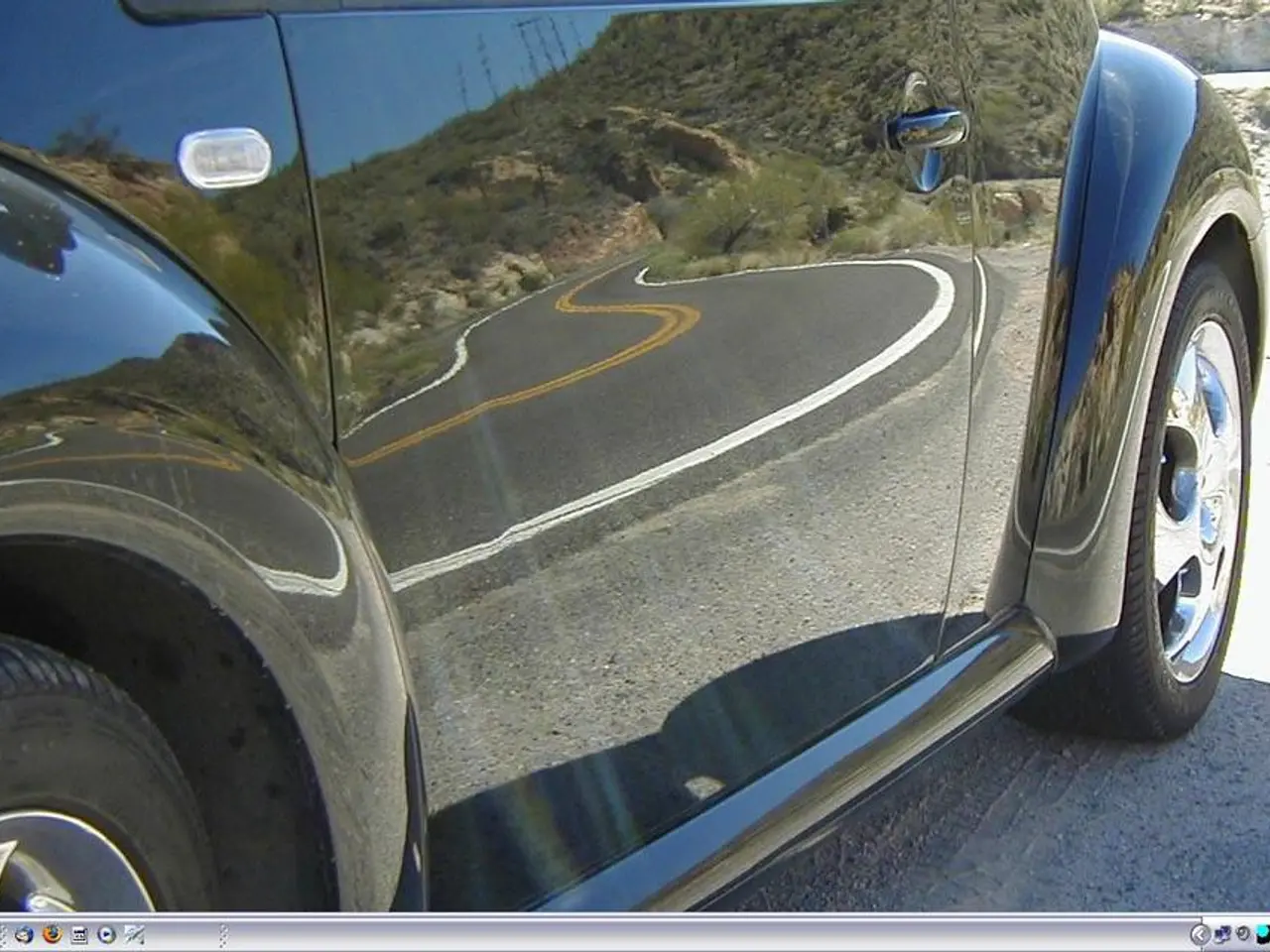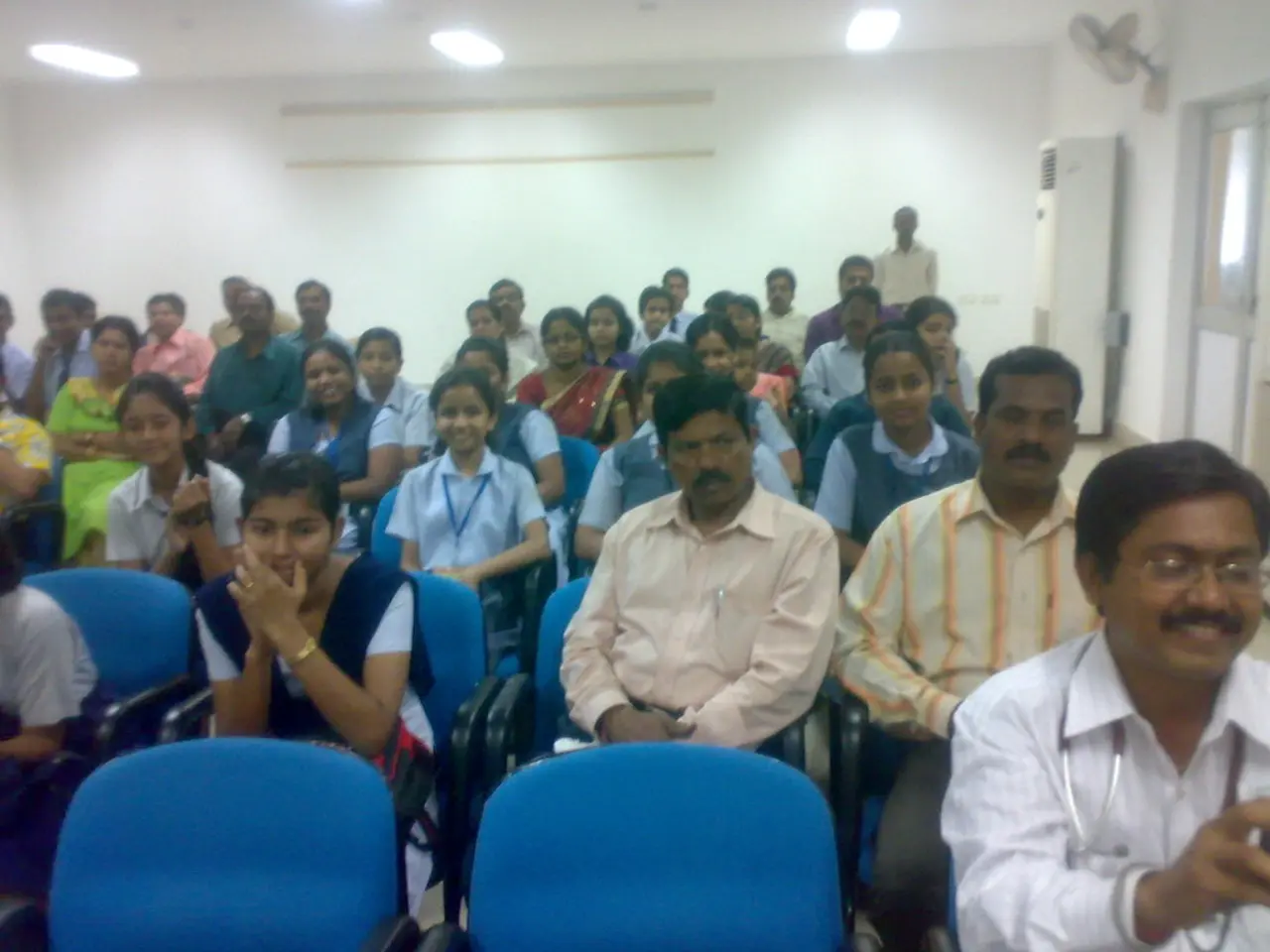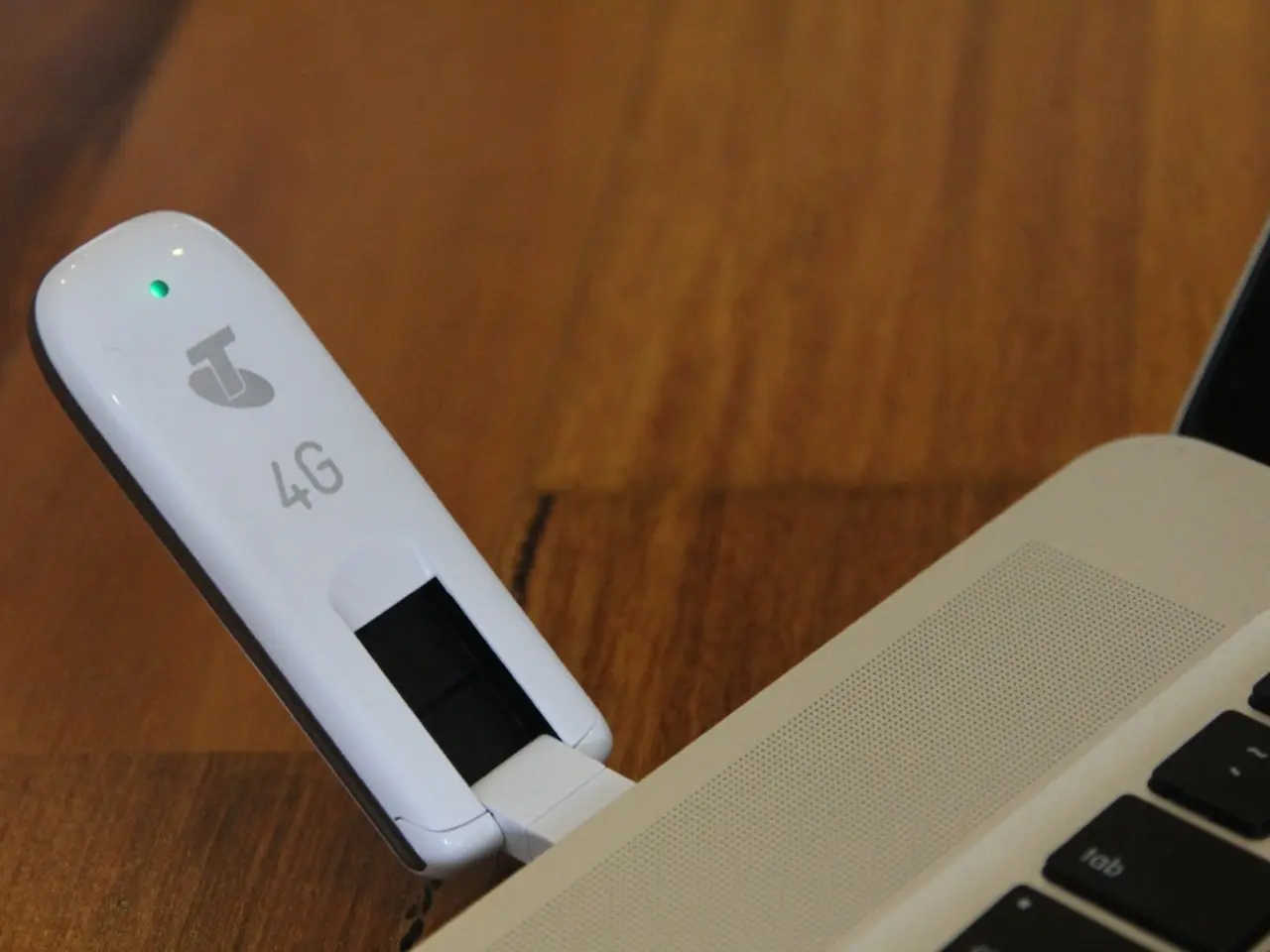Tesla Scales Back Promotion of 'Full Self-Driving' Feature in China Due to Regulatory Hurdles
Tesla's Full Self-Driving Software in China: Awaiting Regulatory Approval
Tesla is working on expanding its Full Self-Driving (FSD) software in China, but the process is moving slowly due to regulatory hurdles. As of mid-2025, FSD is available on Tesla's AI4 (HW4) vehicles in China, with efforts underway to extend the software to Hardware 3.0 (HW3) vehicles.
The regulatory environment in China requires strict safety assessments and approvals for each software update, making the process incremental and gradual compared to the US. Tesla is said to be the first foreign company to meet some of China’s data processing and safety standards related to FSD operation, cooperating with local partners like Baidu for data center services.
In a recent development, Tesla's Vice President of External Affairs at Tesla China announced a free trial of the FSD software in China, scheduled from March 17 to April 16. However, the trial has been paused due to the company waiting for approval from Chinese regulators. Tesla has asked for patience and support from its customers, promising to release the update as soon as possible after approval.
During the trial period, Tesla has requested drivers participating in the FSD beta test in China to not share details publicly about their tests, including screenshots, videos, or online posts about their experience. The FSD system in China relies on local Chinese map data provided by Tesla's partners, unlike the FSD system in the U.S. and Canada which uses vision-only and doesn't require map data.
The update is for intelligent driving features tied to Hardware 3.0 and 4.0. Despite the pause, Tesla remains committed to advancing smart driving technologies within China’s regulatory framework, as demonstrated at the 2025 World AI Conference in Shanghai. The company emphasized the transition from the "pre-autonomous driving era" to a "post-autonomous driving era," signaling its commitment to autonomous driving in China.
In the meantime, Chinese Tesla users have rebranded 'FSD Intelligent Driving' to 'Intelligent Driver Assistance.' The update is currently under stricter new rules that cover self-driving systems, recalls, and over-the-air updates. No exact timeline for the resumption of the free trial has been given, but Tesla is actively preparing for a broader rollout of FSD (called "FSD Supervised") in China in 2025, once it receives official regulatory authorization.
- Tesla's Full Self-Driving Software expansion in China involves partnerships with local technology companies such as Baidu, signifying a commitment to adapting to China's regulatory requirements for transportation and technology industries.
- Despite the pause in the free trial of Tesla's FSD Software in China, the company remains dedicated to advancing autonomous driving in the Chinese automotive industry, as demonstrated by their planning for a broader rollout of the technology in 2025, subject to regulatory approval.




